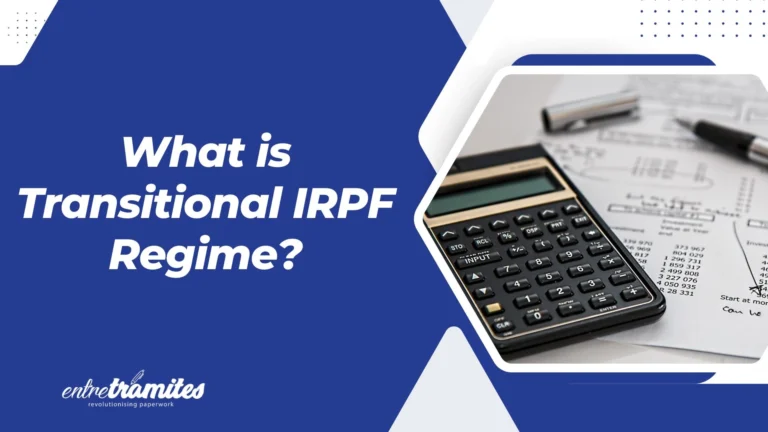Social Security contributions are the payments made by employees and the company itself to Social Security each month, their contributions to the State, and which are used to pay unemployment benefits, illness or maternity leaves, etc. In this article, we will see how to pay your employees’ Social Security contributions online.
Who must pay Social Security contributions?
Social Security contributions must be paid by both companies and workers (self-employed or company employees).
Everyone who is registered with Social Security must do so, from the first day until they are discharged, that is why it is so important to communicate the registrations and deregistrations to Social Security as soon as possible and with the correct dates to avoid errors.
How to calculate Social Security contributions?
The payment of Social Security is not the same for companies and employees. But in addition, it can also be different between employees and even from month to month. Calculating Social Security depends on:
- The employee’s salary
- The concepts for which contributions are paid (Contribution Bases).
- The percentages that are applied to each of the bases.
Contribution Bases and applicable percentages
There are 3 types of Contribution Bases:
- Contribution base for common contingencies (BCCC)
- Contribution base for professional contingencies and joint collection
- Base subject to IRPF withholding.
The different amounts and percentages that are used to calculate the final amount to be paid are extracted from the Contribution Bases.
| Percentage to pay | ||
| Employee | Company | |
| Common contingencies | 4.70% of their BCCC | 23.6% of the worker’s BCCC |
| Accidents and occupational diseases | Does not apply | It depends on the worker, consult the Social Security list. |
| Normal overtime | 4.70% of the payment received for its realization | 23.60% |
| Extra hours of force majeure | 2% of the payment received for its realization | 12% |
| Unemployment | 1.55% – 1.60% of your Base for professional contingencies (1) | 5.5% – 7.7% of the worker’s BCCC (2) |
| Vocational training | 0.10% of the Base for professional contingencies | 0.6% of the worker’s BCCC |
| Wage guarantee fund (FOGASA) | Does not apply | 0.2% of the worker’s BCCC |
What is the use of calculating Social Security contributions?
In addition to the fact that the law obliges to pay these contributions month by month, calculating Social Security contributions is useful to carry out the initial business plan of a company to know what it must pay monthly to Social Security for its employees or when the possibility is contemplated of new hires or promotions since it gives a fairly accurate approximation of the cost of personnel that the company would have to face.
This cost usually oscillates between 32% and 38% of the employee’s contribution base, it depends on their position, so it is fairly accurate to say that the cost of each worker is a third of their Contribution Base.
How to pay Social Security contributions and when?
The TC1 and TC2 forms may be already known to you. These forms are the official documents that the company had to present each month with the total amounts to be paid.
Although many continue to refer to these forms, the current ones are:
- RLC (Contribution Settlement Receipt), former TC1.
- RNT (Nominal Workers’ List), former TC2.
Payment of the RLC and RNT
Again, these payments must be made monthly (until the 20th if it is done by direct debit and until the last day of the month if it is a bank transfer) and it is the company that is in charge of doing these procedures with the Social Security, not the employee, so it withholds the relevant amounts from its employees’ payroll.
In both forms, all the workers who have been paid during that month must appear (whether all of them or only for a few days) and these must be presented to Social Security (through its RED system) before the end of the said month after the accrual.
What happens if I do not pay on time?
Once the regulatory term for the payment of Social Security contributions has ended, you can pay the fees with the following surcharges by presenting the RNT (former TC2), which would be applied to the total fee and any bonus available to the company will be excluded.
- 3% – If paid within the month following the end of the regulatory term.
- 5% – If paid within the second month following the end of the regulatory term.
- 10% – If paid within the third month following the end of the regulatory term.
- 20% – If paid from the third month following the end of the regulatory term.
If the RNT is not presented, a surcharge of 20% will be applied if the debt is paid within the term established in the debt claim or settlement act and 35% if it is paid outside of that term. In addition, the corresponding interest for delay will also be applied.
There is also the possibility of requesting a deferment, but be careful! The only debts that cannot be postponed are those corresponding to the quotas for accidents at work and occupational disease and the contributions of the workers of the general and assimilated regimes.
Conclusion
The process of paying Social Security contributions sounds complicated? Don’t have time to present so many papers?
In Entre Trámites we offer various services of management, advice and support in bureaucratic processes for state aid, including loans and grants for self-employed workers, SMEs, and other companies.
Contact us! Through the contact form, you can leave your details for us to call you, schedule a free consultation with us, or text our WhatsApp.





